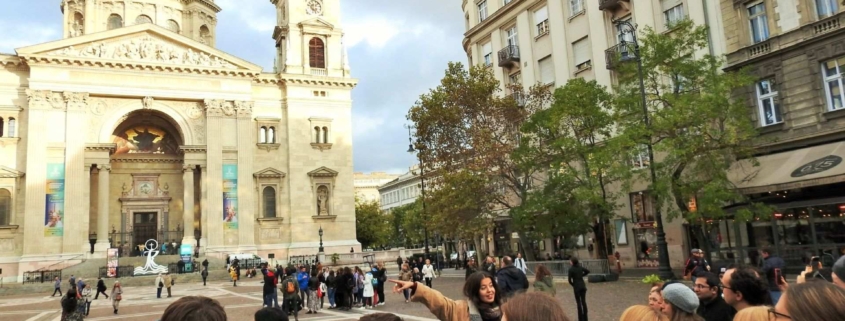Magyar Tudományos Akadémia in Hungarian, shortly MTA. This is the most prestigious and important learned society of the country. Their main responsibilities include the cultivation of science, supporting research and development, propagation of scientific findings and representing Hungarian science inside and outside of Hungary. Let’s see the history of the Academy of Hungarian Sciences!
Once upon a time, there was a man called István Széchenyi. The Széchényi family was a rich and important family in Hungary since the 16-1700s. One of the most outstanding people of the family was István (Stephen) Széchényi, a politician, political theorist, and writer. He is considered by many one of the greatest statesmen in our nation’s history, Hungarians often call him “the Greatest Hungarian”. Many streets, squares, institutions are named after the family (Széchenyi bathhouse, National Széchenyi Library in the Buda Castle). István was the one who offered his one year’s income of his estate to form a Learned Society, and his example was followed by other statesmen as well. The task of the Academy was specified as the development of the Hungarian language and the study and propagation of the sciences and the arts in Hungarian. It 1845 it received its current name.
The seat of the Hungarian Academy of Sciences is at the bank of the Danube in Budapest, on the Pest side of the city, on the current Roosevelt square (former Széchenyi square), next to the famous Chain bridge and the Gresham Palace (Four Seasons Hotel). The building was inaugurated in 1865. It was built at a turning point in the urban and architectural history of our capital city, and it was one of the first examples of the neo-Renaissance style. In 1848-49 the Hungarians led a freedom fight against the Austrian Empire and the destruction of this caused a break in urban development and construction. Therefore the neo-Renaissance style became popular in Hungary a little later than for example in Paris or Saint Petersburg. Finally, this architectural style dominated the design of the buildings in Budapest from the 1870s. The palace of the Academy has been a characteristic element of the cityscape of the capital with its richly decorated inner and external parts. When it was built it was larger than the neighboring classicistic buildings, but about 50 years later it already looked small next to the newly constructed bank and insurance head offices. Nowadays these mentioned buildings serve as government buildings and hotels.



